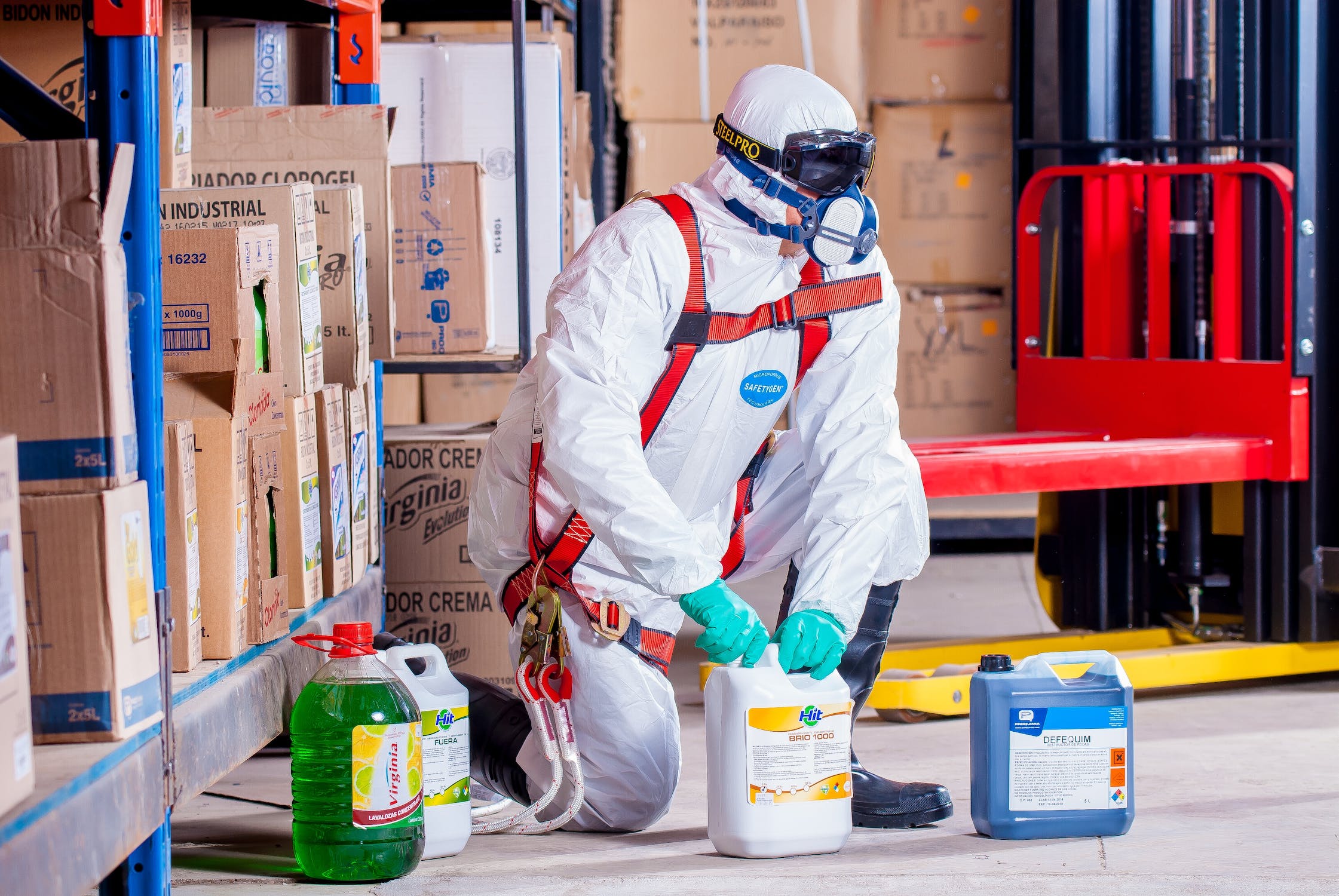Hazardous waste refers to any material that poses a substantial threat to human health, the environment, or both. Its classification is based on various characteristics, including toxicity, flammability, reactivity, and corrosiveness. Hazardous waste can originate from industrial, commercial, medical, or residential sources and requires special handling, treatment, and disposal to minimize its negative impacts.
To properly understand hazardous waste, it’s crucial to delve into its classification, sources, regulations, management, and potential solutions. This comprehensive overview will provide a detailed analysis of hazardous waste and its multifaceted implications.
Classification of Hazardous Waste:
Hazardous waste is categorized based on its properties and characteristics, as defined by regulatory agencies like the United States Environmental Protection Agency (EPA) and the European Union. These characteristics include ignitability (flammability), corrosivity, reactivity, and toxicity. Ignitable waste is combustible and can easily catch fire, while corrosive waste can erode materials and cause leaks. Reactive waste is unstable and can lead to explosions or other harmful reactions,while toxic waste can cause serious harm or death to humans and other organisms.
Sources of Hazardous Waste:
Hazardous waste arises from diverse sources, including industrial processes, healthcare facilities, research laboratories, and households. Industries produce hazardous waste during manufacturing, mining, and energy production. Healthcare institutions generate medical waste, which includes potentially infectious materials like needles and pharmaceuticals. Laboratories
produce waste from experiments and research activities. Additionally, households contribute hazardous waste through improper disposal of household chemicals, batteries, and electronic waste.
Types of Hazardous waste:-
1:-Ignitable Waste:
Waste that can catch fire easily, such as solvents, oils, and certain chemicals.
2:-Corrosive Waste:
Substances that can corrode materials, like acids or alkaline materials.
3:-Reactive Waste:
Materials that can react violently when exposed to air, water, or other substances.
4:-Toxic Waste:
Waste that contains toxic substances harmful to human health and the environment, like pesticides, heavy metals, and certain chemicals.
5:-Infectious Waste:
Waste containing pathogens, such as medical waste from healthcare facilities.
6:-Radioactive Waste:
Waste containing radioactive materials, often from nuclear processes.
7:-Explosive Waste:
Materials that can explode under certain conditions.
Industrial waste management :-
Industrial waste management refers to the systematic handling, treatment, and disposal of waste generated by industrial processes in a manner that minimizes environmental impact and ensures compliance with regulatory standards. This complex and crucial aspect of modern industrial operations involves various strategies, technologies, and practices to mitigate the negative effects of waste on ecosystems, public health, and natural resources.
One of the primary goals of industrial waste management is to prevent or minimize the release of pollutants into the environment. This involves the implementation of waste reduction strategies, such as process optimization, material substitution, and waste minimization techniques. By reducing the amount of waste generated at the source, industries can decrease their environmental footprint and resource consumption.
When waste generation is unavoidable, it is essential to employ efficient waste handling and storage practices. Proper waste storage involves segregating different types of waste to prevent chemical reactions, leaks, or contamination. The use of appropriate storage containers, labeling, and handling procedures is crucial to ensure the safety of workers and the surrounding environment.
Treatment of industrial waste is a critical step in the waste management process. Various treatment methods are employed depending on the nature of the waste, including physical, chemical, and biological treatment. Physical methods, such as filtration, sedimentation, and incineration, are used to separate and reduce the volume of waste. Chemical treatment involves processes like neutralization and precipitation to detoxify hazardous substances. Biological treatment utilizes microorganisms to break down organic waste through processes like composting or anaerobic digestion.
Before waste disposal, it is essential to characterize the waste to determine its hazardousness and appropriate disposal methods. Hazardous waste, which poses significant threats to human health and the environment, requires special handling and disposal procedures. Non-hazardous waste can be disposed of in designated landfills, while hazardous waste often requires specialized treatment and disposal facilities, such as secure landfills, incinerators, or recycling centers.
Recycling and resource recovery play a vital role in industrial waste management. Many industrial by-products can be recycled or repurposed, reducing the demand for virgin resources and minimizing waste. Recycling efforts can involve material recovery, energy generation from waste, or converting waste into useful products through innovative processes.
Government regulations and environmental standards heavily influence industrial waste management practices. Regulatory agencies establish guidelines and requirements for waste handling, treatment, and disposal to ensure industries operate in an environmentally responsible manner. Compliance with these regulations is crucial to avoid legal penalties and maintain public trust.
Public awareness and stakeholder engagement are essential aspects of effective industrial waste management. Open communication with local communities, environmental groups, and regulatory authorities fosters transparency and collaboration in waste management practices. Public participation can lead to the identification of potential issues, innovative solutions, and the overall improvement of waste management strategies.
In conclusion, industrial waste management is a multifaceted process that involves waste reduction, proper handling, treatment, and disposal to minimize environmental impact and promote sustainable industrial practices. By adopting efficient waste management strategies, industries can contribute to a healthier environment, conserve natural resources, and ensure the well-being of present and future generations.

